ID Screen® Capripox Double Antigen Multi-species dựa trên cơ chế ELISA kháng nguyên kép để phát hiện các kháng thể chống lại các loại capripoxvirus bao gồm vi rút Bệnh Viêm da nổi cục (LSDV), vi rút đậu cừu (SPPV) và vi rút đậu dê (GTPV) trong huyết thanh hoặc huyết tương từ gia súc, cừu, dê hoặc các loài khác nhạy cảm với virus.
Ưu điểm nổi trội:
- ELISA thương mại đầu tiên cho phép phát hiện kháng thể kháng virus gây Bệnh viêm da nổi cục
- Độ đặc hiệu rất cao ở vùng CPV-free (>99,7%). Không có phản ứng chéo với virus parapox
- Phát hiện kháng thể chống lại LSDV ở động vật đã được tiêm phòng hoặc bị nhiễm bệnh. Độ nhạy ít nhất tương đương so với IPMA và độ nhạy được cải thiện so với VNT (phát hiện kháng thể sau 20 dpv cho đến ít nhất 7 tháng sau tiêm chủng)
- Dễ dàng xử lý, với thuốc thử sẵn sàng sử dụng và cho phép sàng lọc hiệu suất cao mà không yêu cầu cơ sở kiểm soát ở mức độ cao
Đặc tính kỹ thuật:
| Thông số |
Nội dung |
| Phương pháp |
ELISA kháng nguyên kép |
| Loài |
Động vật nhai lại và các loài khác nhạy cảm với virus |
| Nền mẫu |
Huyết thanh và huyết tương |
| Kháng nguyên phủ giếng |
Kháng nguyên CPV tinh sạch |
| Kháng thể cộng hợp |
Kháng nguyên CPV tinh sạch công hợp HRP (đậm đặc 10X) |
Thông tin đóng gói sản phẩm:
| Mã sản phẩm |
Đóng gói |
Số lượng phản ứng |
Dạng đĩa |
| CPVDA-2P |
2 đĩa |
192 |
12 x 8 giếng |
| CPVDA-5P |
5 đĩa |
480 |
12 x 8 giếng |
Tài liệu trích dẫn:
- Haegeman A. et al. (2023). Duration of Immunity Induced after Vaccination of Cattle with a Live Attenuated or Inactivate Lumpy Skin Disease Virus Vaccine. Microorganisms 11, 210.
- Hakobyan V. et al. (2023). The Serological Response in Cattle following Administration of a Heterologous Sheep Pox Virus Strain Vaccine for Protection from Lumpy Skin Disease; Current Situation in Armenia. Veterinary Sciences, 10(2), 102.
- Suwankitwat N. et al. (2023). Long-term monitoring of immune response to recombinant lumpy skin disease virus in dairy cattle from small-household farms in western Thailand. https://doi.org/10.21203/rs.3.rs-2534351/v1.
- Fay P. C. et al. (2022). The immune response to lumpy skin disease virus in cattle is influenced by inoculation route. Frontiers in Immunology, 13, 6947.
- Hussien M. O. et al. (2022). Serological, virological and molecular diagnosis of an outbreak of lumpy skin disease among cattle in Butana area, Eastern Sudan. Veterinary Medicine and Science, 1–7.
- Ibrahim A.I. et al. (2022). Serodiagnosis of Lumpy Skin Disease Using Sheep Pox Virus Compared to a Commercial ELISA Kit. Journal of Applied Veterinary Sciences, 7(1), pp. 46-52.
- Ko Y. S. et al. (2022). Serological and molecular prevalence of lumpy skin disease virus in Korean water deer, native and dairy cattle in Korea. Korean Journal of Veterinary Service, 45(2), 133-137.
- Matsiela M. S. et al. (2022). Improved safety profile of inactivated Neethling strain of the lumpy skin disease vaccine. Vaccine: X, 12, 100209.
- Shumilova I. et al. (2022). A Recombinant Vaccine-like Strain of Lumpy Skin Disease Virus Causes Low-Level Infection of Cattle through Virus-Inoculated Feed. Pathogens, 11(8), 920.
- Uzar S. et al. (2022). Comparison and efficacy of two different sheep pox vaccines prepared from the Bakırköy strain against lumpy skin disease in cattle. Clin Exp Vaccine Res; 11:1-11.
- Adedeji A.J. et al. (2021) Household and animal factors associated with sheeppox and goatpox sero-prevalence and identification of high-risk areas in selected States of northern Nigeria. Preventive Veterinary Medicine,Volume 196,105473.
- Ahmed E. M. et al. (2021). Lumpy skin disease outbreaks investigation in Egyptian cattle and buffaloes: Serological evidence and molecular characterization of genome termini. Comparative Immunology, Microbiology and Infectious Diseases, 76, 101639.
- Fay P. et al. (2021). A field study evaluating the humoral immune response in Mongolian sheep vaccinated against sheeppox virus. Transboundary and Emerging Diseases , 1-10.
- Mansour M. E. et al. (2021). Sero Prevalence and Risk factors for Sheep Pox and Lumpy Skin Disease and Their Comparison to Capri Pox Double Antigen Multispecies ELISA in Khartoum and Kordofan States in Sudan. Archives of Clinical Microbiology, Vol.12 No.S3: 001.
- Pandeya Y. et al. (2021). Case study of lumpy skin disease in cattle of Chitwan Nepal. National Cattle Research Program, Rampur, Nepal.
- Sanz-Bernardo B. et al. (2021). Quantifying and modeling the acquisition and retention of lumpy skin disease virus by hematophagus insects reveals clinically but not subclinically affected cattleare promoters of viral transmission and key targets for control of disease outbreaks. J Virol 95:e02239-20.
- Selim A. et al. (2021). Seroprevalence and risk factors for lumpy skin disease in cattle in Northern Egypt. Tropical Animal Health and Production, 53(3), 1-8.
- Wolff J. et al. (2021). Development of a Safe and Highly Efficient Inactivated Vaccine Candidate against Lumpy Skin Disease Virus. Vaccines 9, 4
- Kononov A. et al. (2020). Non-vector-borne transmission of lumpy skin disease virus. Scientific reports, 10(1), 1-12.
- Krešić N. et al. (2020). Evaluation of serological tests for detection of antibodies against lumpy skin disease virus. Journal of Clinical Microbiology, 58(9)
- Milovanović M. et al. (2020). Suitability of individual and bulk milk samples to investigate the humoral immune response to lumpy skin disease vaccination by ELISA. Virology journal, 17(1), 1-7.
- Wolff J. et al. (2020). Establishment of a Challenge Model for Sheeppox Virus Infection. Microorganisms, 8(12), 2001.
- Wolff J. et al. (2020). Minimum Infective Dose of a Lumpy Skin Disease Virus Field Strain from North Macedonia. Viruses, 12(7), 768.
- Aldeewan, A. B. et al. (2019). Clinical and serological study of Lumpy skin disease in cattle in Basrah Provence. Kufa Journal For Veterinary Medical Sciences, 10(1).
- Dawoud M. et al. (2019). Prevalence and molecular characterization of Lumpy Skin Disease in cattle during period 2016-2017. Benha Veterinary Medical Journal, 37(1), 172-175.
- Milovanović M. et al. (2019). Humoral immune response to repeated lumpy skin disease virus vaccination and performance of serological tests. BMC Veterinary Research 15(1), 1-9
- Möller J. et al. (2019). Experimental lumpy skin disease virus infection of cattle: Comparison of a field strain and a vaccine strain. Archives of virology, 164 (12), 2931-2941.
- Ochwo S. et al. (2019). Seroprevalence and risk factors for lumpy skin disease virus seropositivity in cattle in Uganda. BMC Veterinary Research 15:236.
- Samojlović M. et al. (2019). Detection of antibodies against lumpy skin disease virus by virus neutralization test and elisa methods. Acta Veterinaria-Beograd, 69 (1), 47-60.

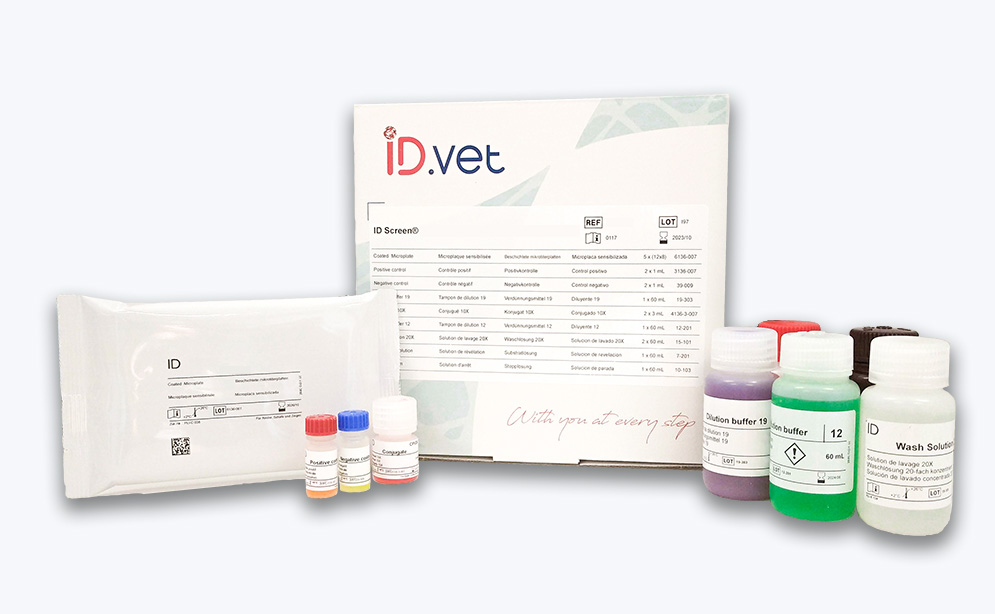
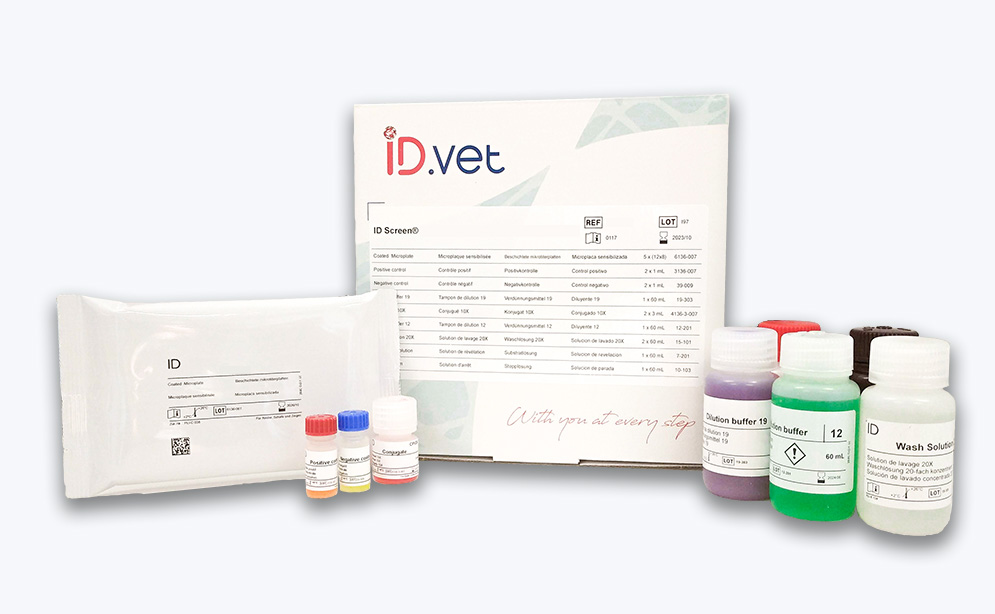
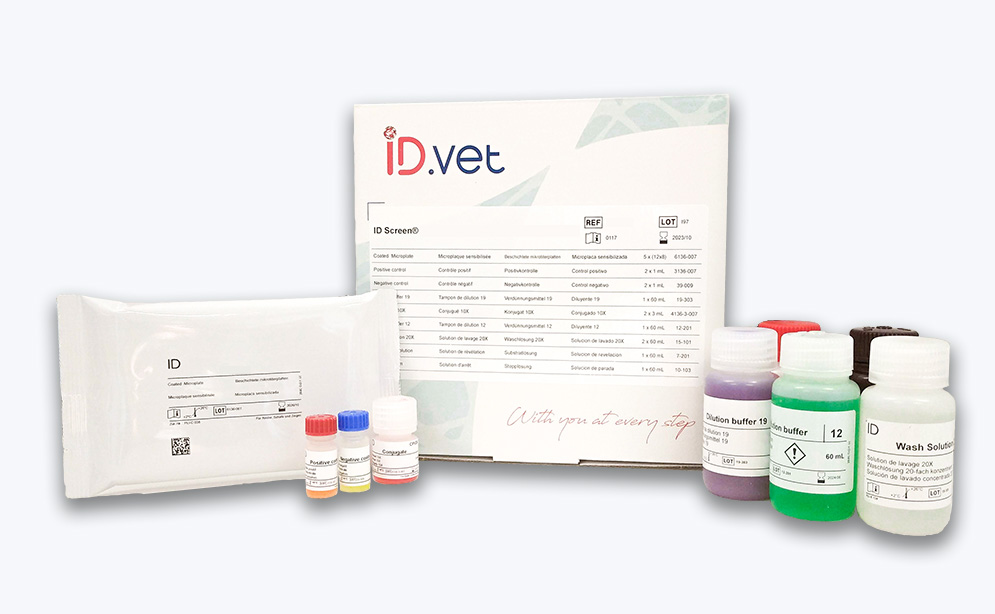
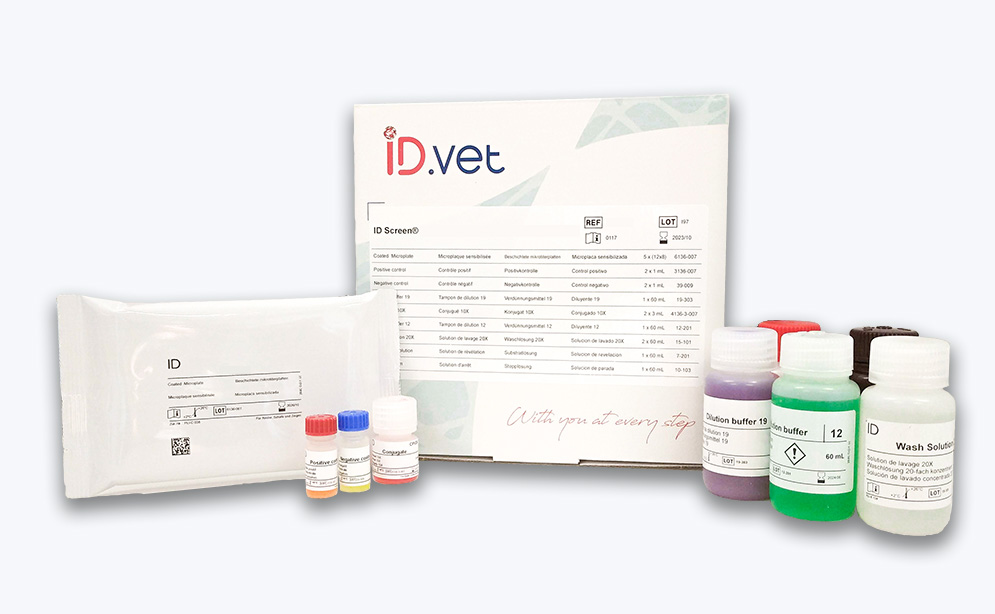
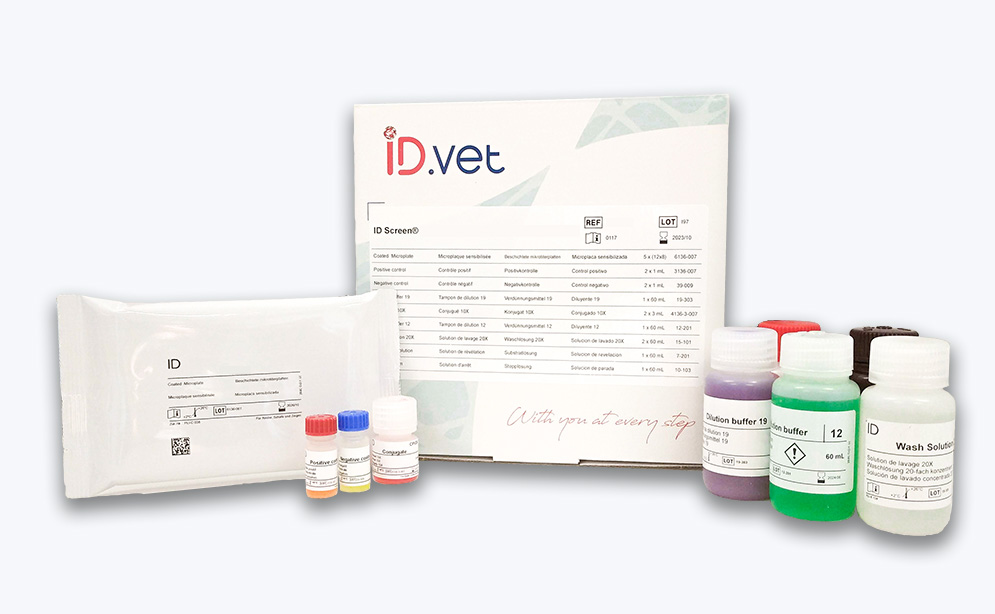








_22.png)
